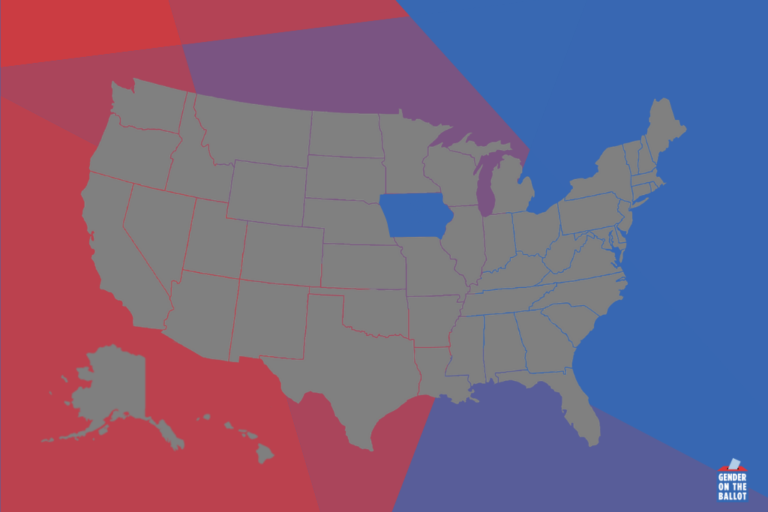After more than a year of campaigning, the first votes of the 2020 Democratic…
Gender and Politics in the Classroom

With more women running for elected office than ever before, children today are more likely to see images of women candidates than they have in the past. This may be one part of Hillary Clinton’s rich legacy as the first woman to be nominated as a presidential candidate by a major political party. Or it may reflect the culmination of efforts from organizations that recruit and train women to run for political office. Yet, this recent spike in images of women as political leaders sits amid a sea of other communications – in children’s books, news coverage, history books, and pop culture – that do not depict women in leadership roles in the ways that they depict men. Because we know that school materials across subject areas can send powerful but unrecognized signals to children, we ask: what types of messages do children receive in the classroom about gender and politics?
To answer this question, we examined all the political content in TIME for Kids, a teaching tool for elementary schools that is used widely throughout the U.S. We were interested in understanding if and how women were portrayed as political leaders. We coded 233 articles (every article on political issues from January 2011 to December 2017). Specifically, we wanted to know if the magazine highlighted women as leaders at similar rates as men – and whether these women were portrayed in gender-stereotypic ways. Were they depicted as possessing “feminine traits” (such as being cheerful, sensitive, and honest) and communal traits (working with others and helping others)? Or were female leaders depicted as having “masculine traits” (such as assertive, rational, and tough) and agentic traits (power seeking and competent)?
First, we looked to see if women were represented in political articles in TIME for Kids. We found that they were. While less than half (42.4%) of all the articles featured a woman as a focal point in the article, women leaders were represented in the magazine at a level that exceeds women’s representation in elected office. In other words, women were actually over-represented compared with the proportion of elected offices they hold in the US.
Second, we looked at how women were represented in the magazine. We found that women were more likely to be depicted as having communal traits than men. But, we found that women were not less likely than men to be depicted as having agentic traits. Women were also more likely to be described with feminine traits than men, and less likely to be described in masculine terms.
Our findings suggest that elementary school children do learn about women as political leaders, and actually see women represented in TIME for Kids more frequently than they might encounter women in elected office. However, women are also discussed in gender stereotypic ways. They are associated with communal and feminine traits, which are typically not seen as congruent with the valued traits of political leaders.
These results offer a good-news/bad-news story. The good news is that children do encounter depictions of women as political leaders in the classroom, and that as they begin to form impressions about the political world, they see that women belong in those spaces. The bad news is that stories about women leaders may perpetuate gender stereotypes in politics by reinforcing children’s early impressions about how women and men “should be.” Less gender stereotypic coverage of women leaders in classroom materials would be good news for us all.






